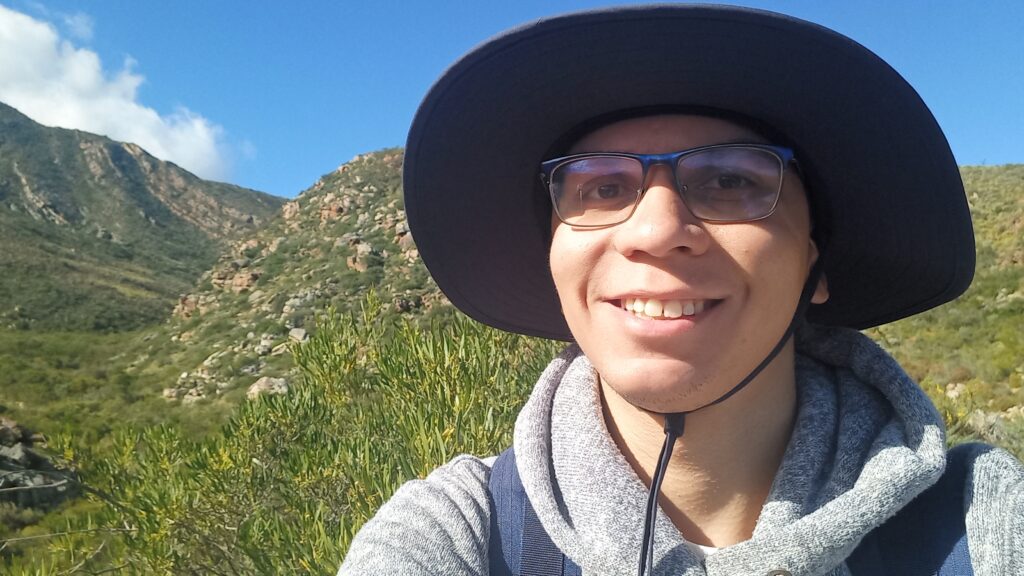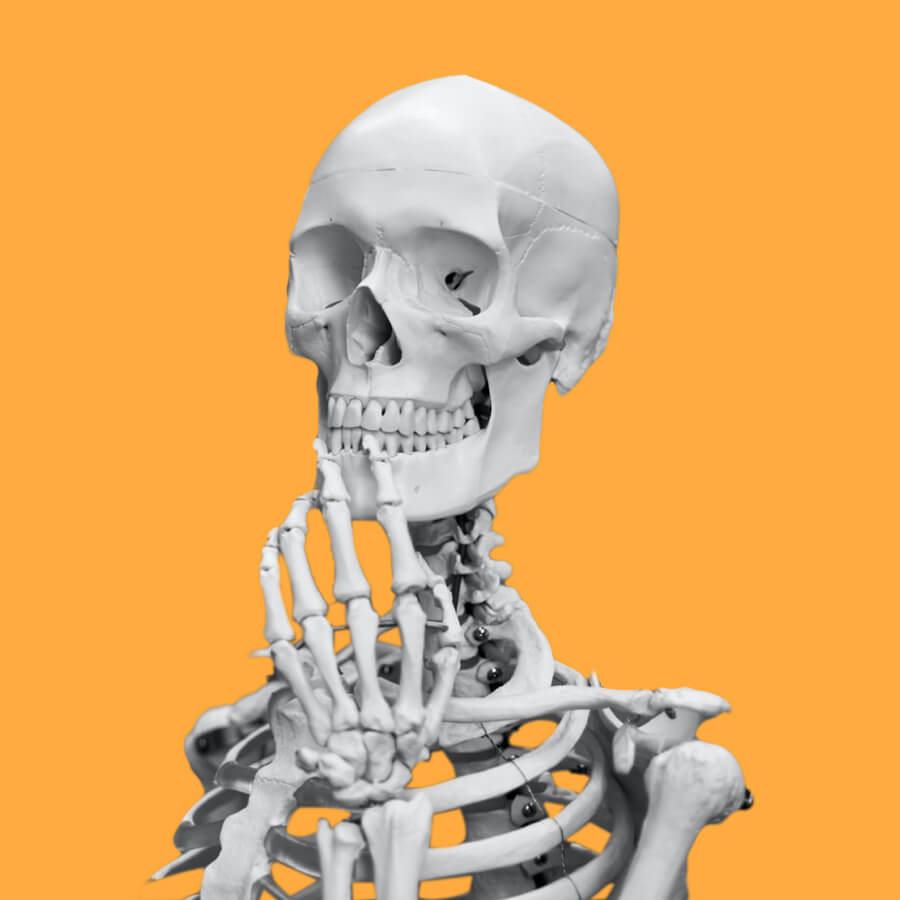Ridge David Swartz
Honours Student
Geology Department, University of Cape Town

Biography
I am an Honour’s student at GENUS with a passion for understanding geological processes, sedimentary environments, palaeontology and engaging in scientific discussions. It is important to research these processes because they influence the preservation of rocks and fossils – key pieces of information about the Earth’s past and useful as a tools to predict future changes. My research is focused on documenting tridactyl therapod dinosaur tracks in the Free State, South Africa.
Maintaining a balance between my academics and personal interests is important to me. It is enriching to spend time in nature - at parks and public gardens. I have a love for reading, table-top games, photography and experiencing new places and environments.
Disciplines
Ichnology – tridactyl therapod tracks, palaeoenvironment, sedimentology
Fields of study
The Upper Triassic – Lower Jurassic Elliot Formation of the main Karoo Basin preserves a wealth of vertebrate traces, dominated by tridactyl tracks commonly attributed to theropod dinosaurs. Locally, across the Triassic – Jurassic boundary, increases in theropod track size, abundance and diversity have recently been observed, with the end-Triassic mass extinction events credited for these changes in dinosaur populations. The fossiliferous strata of the Early Jurassic upper Elliot Formation are therefore vital for our understanding of dinosaur evolution during a post-extinction recovery period. In 2016, a new upper Elliot Formation dinosaur tracksite from Mafube Mountain Retreat Farm (eastern Free State) was documented (Sciscio et al., 2016). In 2023, the owners of the farm reported multiple new fallen sandstone blocks, preserving tridactyl tracks, near to the site published on in 2016. For my Honour’s project I aim to answer the following: 1. Are these tracks from the same stratigraphic horizon as the other site? 2. Which animals registered these tracks? To answer these questions, my project will involve fieldwork (to assess the macro-sedimentology of the host sandstones and to document the tracks) and lab work (petrographic descriptions to characterise the micro-sedimentary characteristics of the host sandstones). Furthermore, I will build photogrammetric 3D models of the tracks and use landmark-based geometric morphometrics to better define and compare the track morphology.
